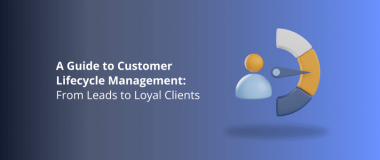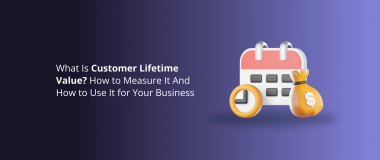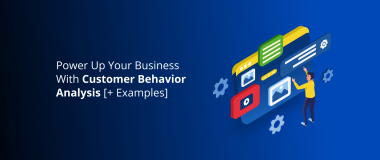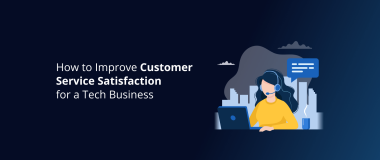You have recently developed and launched a great software, and you get your first customers.
Awesome.
What do you do from here?
Start the customer onboarding process, that’s what, or at least you should think about it.
You see, the work doesn’t end after the sale. You have more steps to take to ensure your clients know exactly what they can do, and how.
We will go through each step of the process together.
It’s showtime.
What Is Customer Onboarding?
Customer onboarding is the process of guiding new users through your product and helping them set it up. This covers signing-up, activation, first use, and everything else necessary for your clients to start utilizing your product.
Ideally, new customer onboarding should be focused on delivering a unique experience that suits the individual needs of your clients. Think about what they want to accomplish, and how your product can help them achieve their goals.
Here’s the thing.
New customers are usually not quite certain about a new product or service they started using for the first time. They are not yet familiar with all the functionalities and features, and sometimes they can get frustrated or overwhelmed with having to go through the learning curve process.
That’s why your goal should be to deliver such a smooth customer onboarding process that your customers would remember the product or service and associate it with a positive experience. This way, they’ll be very satisfied and highly motivated to use the product again.
Why Is Customer Onboarding Important?
First impressions always matter. The importance of customer onboarding is due to the fact it’s one of the first impressions your new clients get about your company, brand, product, and people that work there. You want to set the right tone for further relationship with the client.
Additionally, new customer onboarding serves as a great way to engage your users by helping them experience the value your product has to offer.
Customer onboarding will also help your business reduce churn (the rate at which customers stop doing business with you) and drive you forward to success.
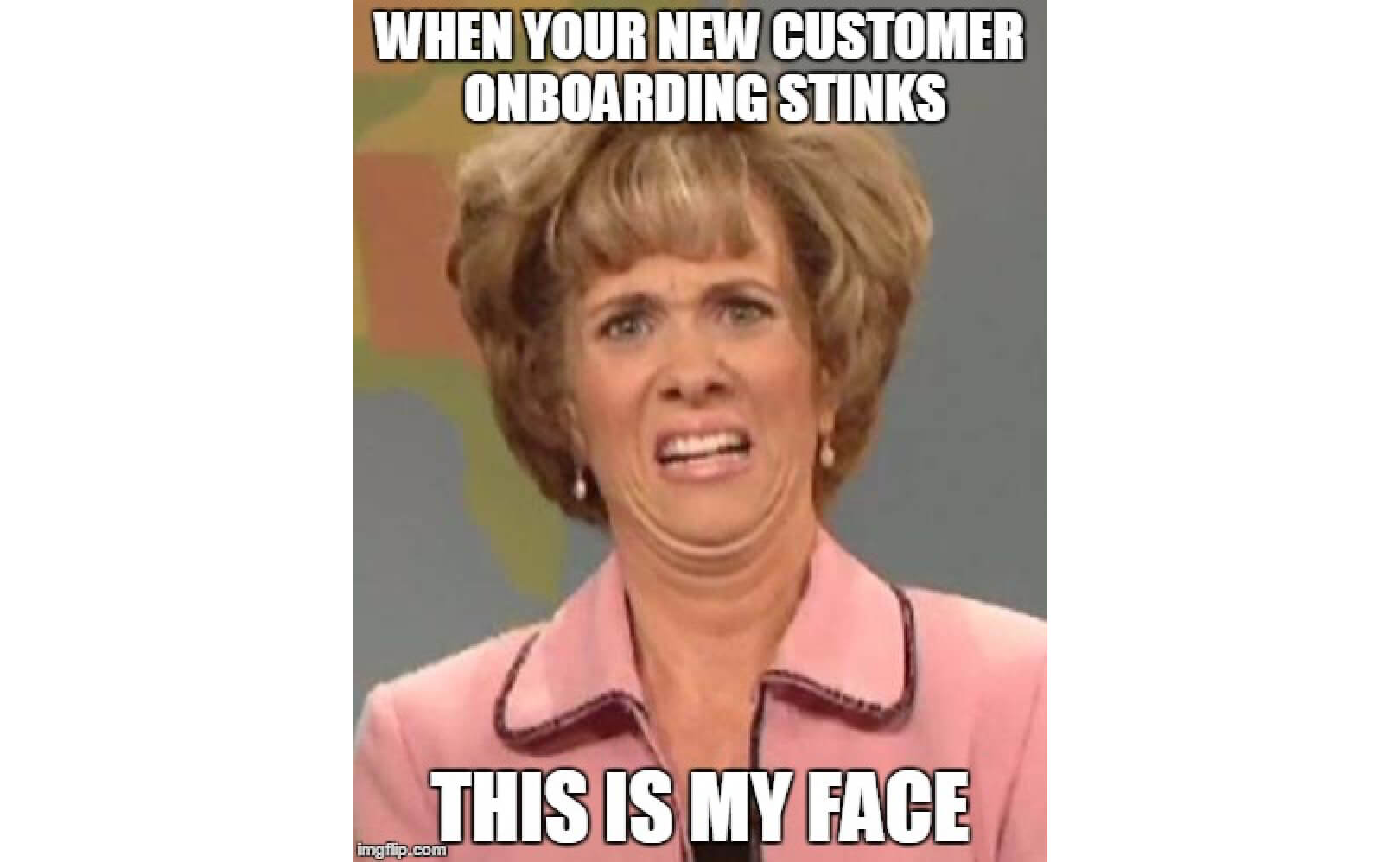
All in all, the process of onboarding your new client should be a priority in your customer retention strategy.
Now, you’re probably wondering how to deliver a great experience for your customers.
All right, then let’s review the customer onboarding best practices and figure out how to engage and retain your customers by wowing them from the first login.
Customer Onboarding Process: 5 Steps to Follow
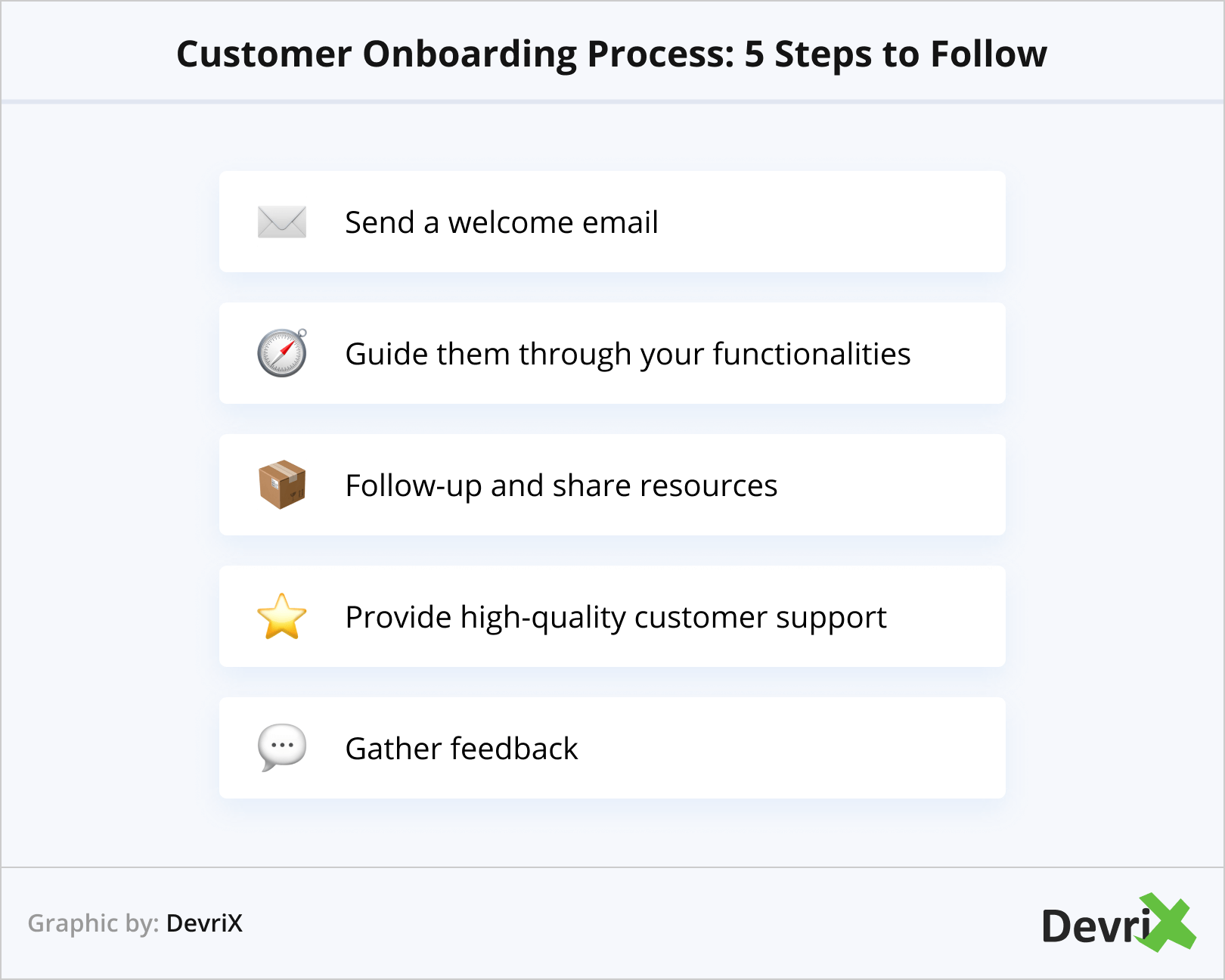
- Send a welcome email
- Guide them through your functionalities
- Follow-up and share resources
- Provide high-quality customer support
- Gather feedback
There’s a debate when it comes to the first step of onboarding: is it once the customer starts using your product or service, or does it start beforehand?
For us, onboarding and acquisition are two different processes, even though they go hand by hand. That’s why our first step is the welcoming experience.
1. Send a Welcome Email
The first step, after your customers sign up for your product, is to send them a welcome email. Congratulate them for their purchase, and thank them for choosing your services over others.
This email should also direct them back to your product. After all, your main goal is to drive them to log in to and start using your services, so using an appropriate CTA button would be highly recommended.
Naturally, you will probably set up a template to reuse, however try to add a personal touch to your welcoming emails. It’s common sense to include the person’s name, still every additional piece of information you could use to personalize your email would be more than welcome.
2. Guide Them Through Your Functionalities
The next action you should take is to guide your new users through the main functionalities of your tool. You could provide them with video tutorials, links to FAQ pages, knowledge base articles, and whatever else they might find useful.
Leaving your new customers to start with a blank page is never a good idea. Instead, the goal is to show them around and help them to start using your product.
You could take a great example from video games. Every time you launch a new game, you are greeted with a tutorial on how to play and use the different functionalities. Naturally, you can always skip the tutorial, if you’re already familiar with how the game works.
The same could be said for software. Create a detailed tutorial to aid new users. Plus, even people who already have experience with the tool can benefit from going through the tutorial, as there might be functionalities they’re not aware of.
At the end of the tutorial, make sure to congratulate the client for his first major accomplishment. Using this trick, you increase their engagement, and give them a sense of achievement.
People Also Enjoy: Can My Website Grow As My Company Grows? – DevriX
3. Follow-up and Share Resources
It’s important to not only lend a helping hand at the beginning of the journey, but to also stay with the customer throughout the entire process. Provide assistance, share relevant resources, and generally, stay in touch.
It would be great if you have a dedicated knowledge base where your users can always go to read instructions and tips. Make sure to provide both articles and videos, as different people have different preferences on which is easier for them to understand and remember.
On top of that, providing interactive training sessions and webinars might be appropriate and appealing to some of your new clients.
You can gamify the learning process by setting up milestones and mini-celebrations for user achievements. In a way, this will make your customers feel more like they’re achieving progress, and not just reading articles.
4. Provide High-Quality Customer Support
Having a detailed knowledge base and video tutorials about your product does not mean you should not have customer support. Quite the opposite, having a great customer support team is essential for success, as a lot of times users prefer contacting real people who can resolve their issues with professionalism and personalization.
Customer service satisfaction is all about knowing your customers, understanding their needs and providing them with the right solution. It’s a proven fact that organizations with good customer support tend to retain more clients, and 91% of customers continue doing business with companies that deliver high customer service satisfaction.
Here are some of the traits of good customer service:
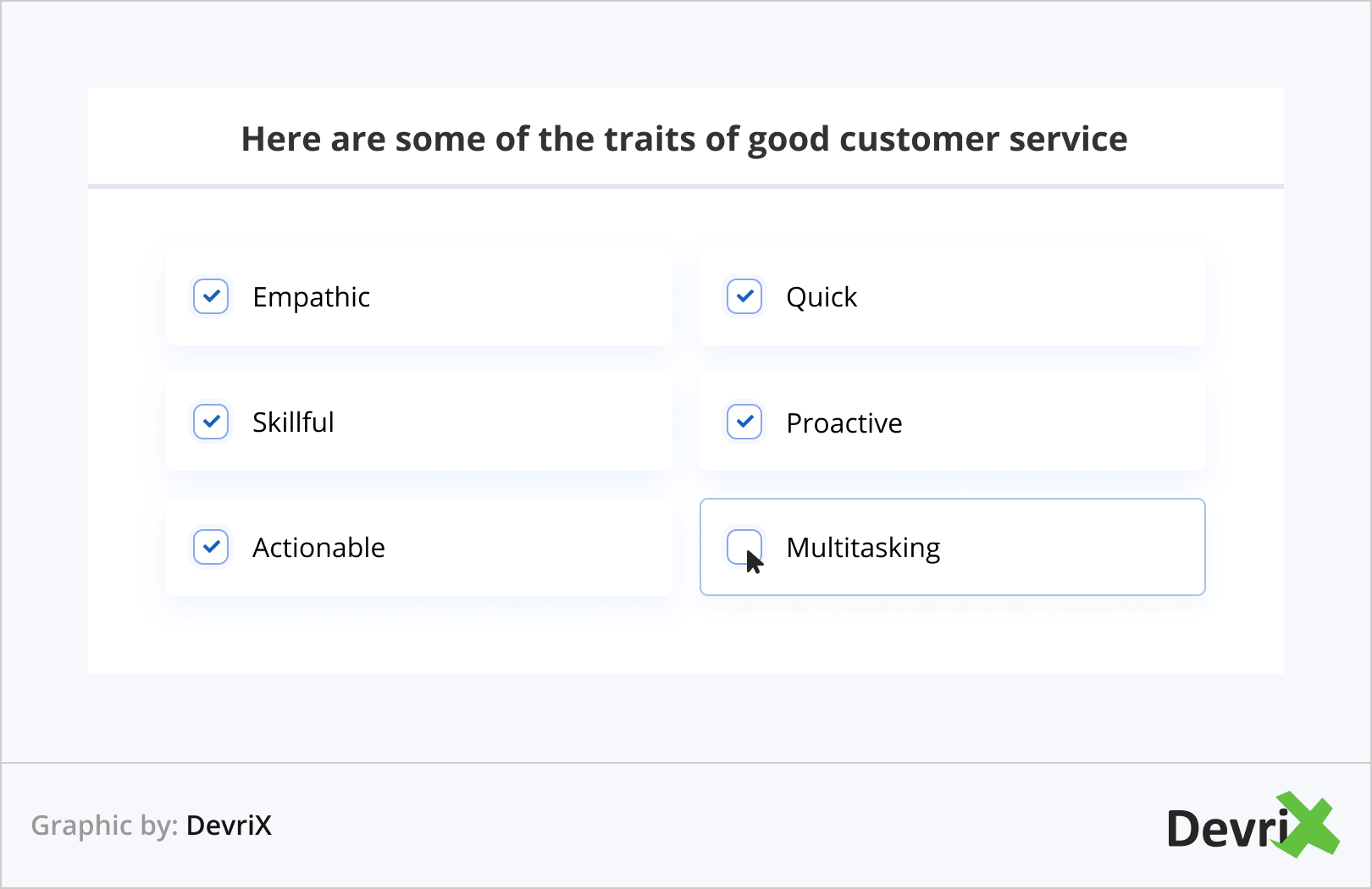
- Empathic
- Quick
- Skillful
- Proactive
- Actionable
- Multitasking
5. Gather Feedback
You can determine whether your customer onboarding process flow is effective or not at the end of the journey. This means it’s highly recommended, if not mandatory, to ask your clients for feedback.
For this purpose, you can create customer satisfaction surveys, then gather and analyze the responses. Take notes, discuss with your according department, and ultimately think of ways to improve your client onboarding journey.
This will provide you with insights on what is working well for your business and where you should focus your efforts on improvements.
What Are the Benefits of Customer Onboarding Process?
We’ve reviewed some customer onboarding best practices, however you might still need more convincing you should adopt onboarding.
- Engages customers from the start. Onboarding can make or break your new user’s experience with the product. If you execute the onboarding correctly, you can win the customer on your side from day one, and they will be more likely to trust your services for years to come. On the other hand, if you fail to deliver a positive onboarding experience, you may have very little time to retain the customer.
- Helps clients grow. The onboarding process is valuable for your customers not only because it gets them familiar with your products and services. It is also beneficial for their personal growth, as good onboarding practices tend to involve individual client needs. Truth be told, it’s equally important and helpful for clients and for businesses, as both parties end up in a winning relationship.
- Educates users and fosters a connection. An educated customer is a more likely to be loyal to you. Naturally, this will come if you manage to build trust and display value to them during the process of education. Use the possibility to connect with your clients and let them know you truly care about the success of their business.
The essentials you should remember here are that customer onboarding is a two-way process that can leverage both your and your client’s business.
Summary
The customer onboarding process is a vital part of your business and client retention strategy. You should not miss out on the superb possibility to educate and develop a connection with your client during the process of new customer onboarding.
Following the tips in our article, you should be able to educate and impress your new clients. Don’t get too frustrated if you can’t manage to get it right immediately. Simply ask for feedback, take notes and tweak your tactics until you reach a perfect onboarding experience.
![Customer Onboarding Process [Guide for Agencies]](https://devrix.com/wp-content/uploads/2022/07/Customer-Onboarding-Process-Guide-for-Agencies-810x340.png)
